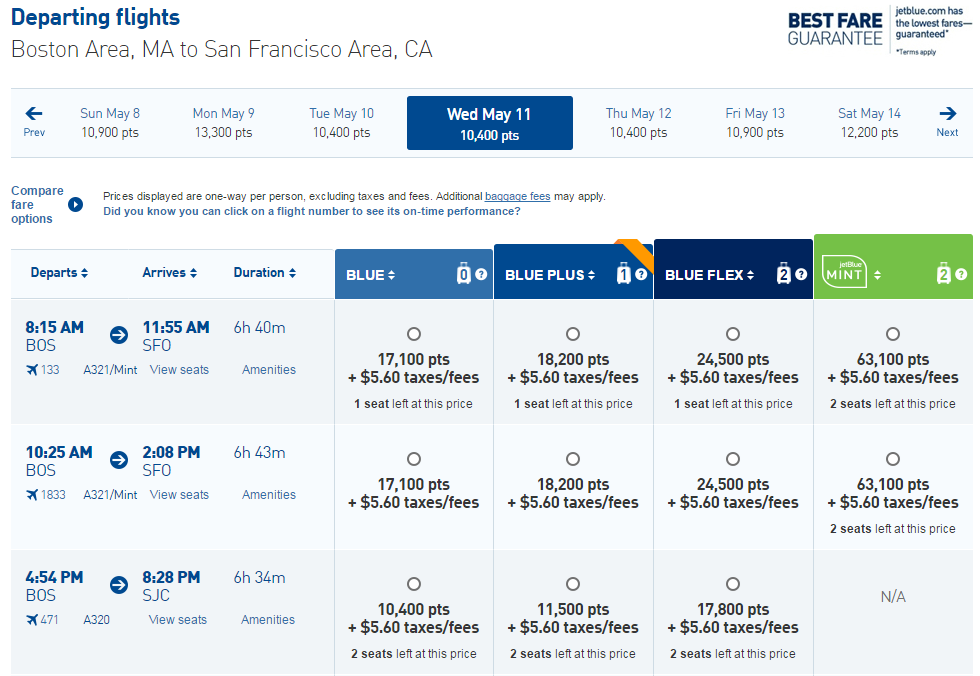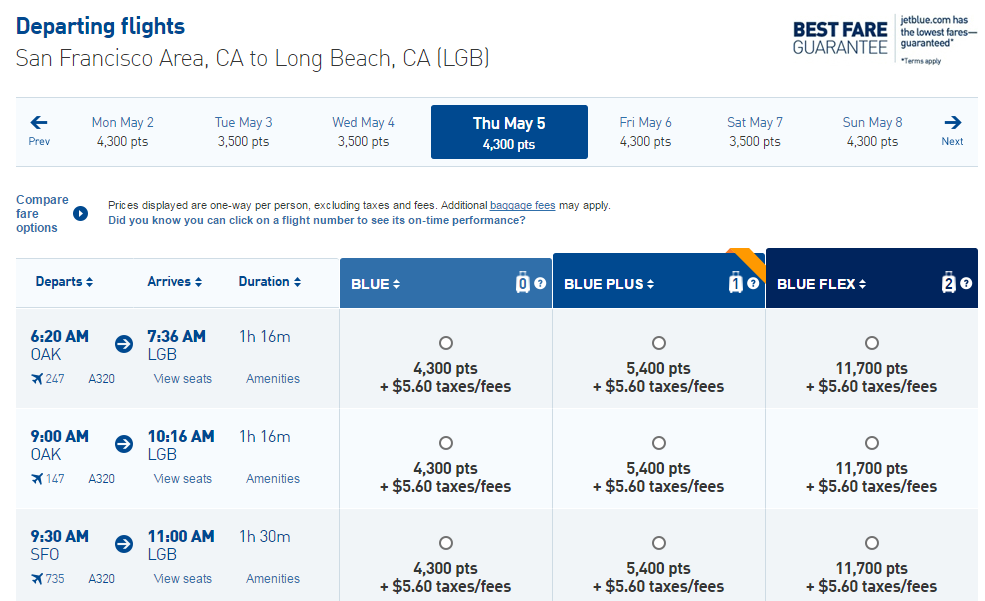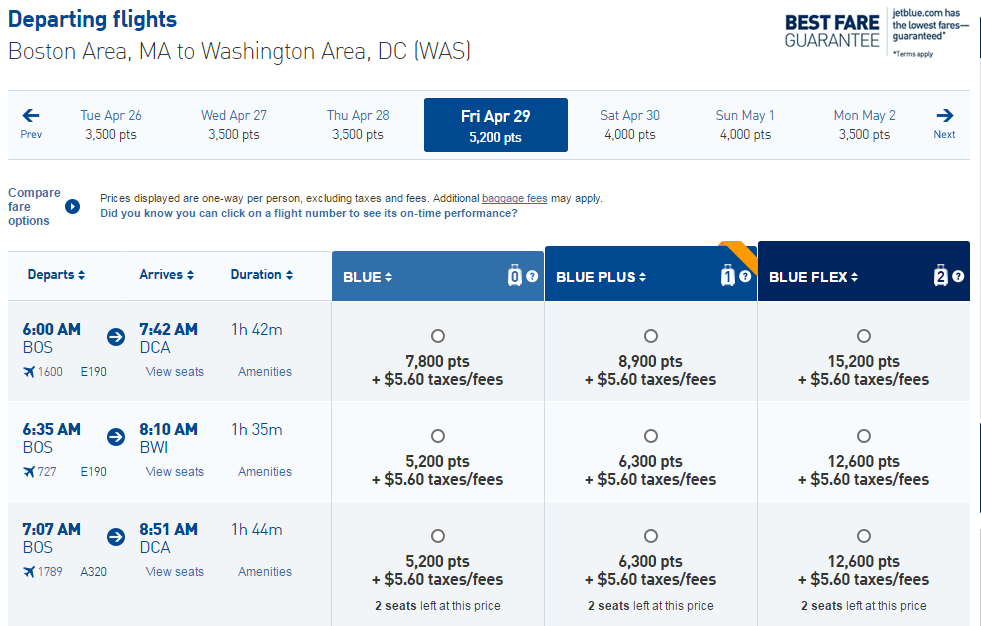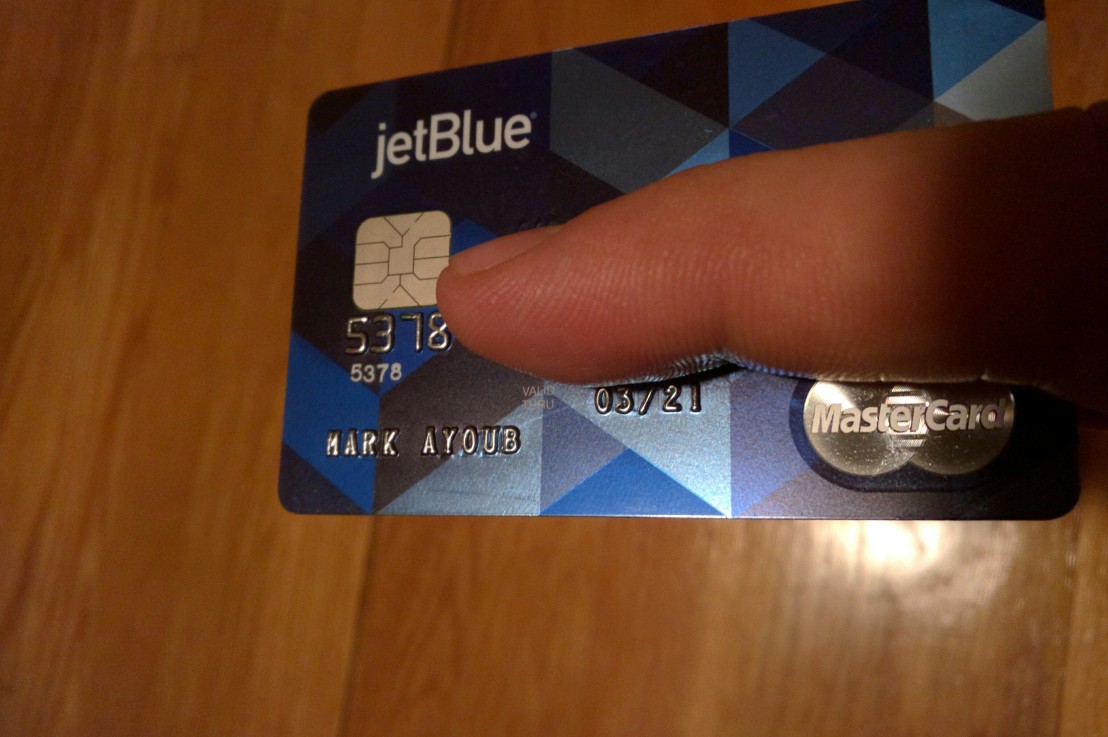Last year, American Express lost two key credit card partners: JetBlue, and Costco. While the Costco loss was more concerning to most people, I was personally more concerned with the loss of the JetBlue partnership, being based in Boston.
Thankfully, the new JetBlue card from Barclaycard is even better than the previous one from American Express.
There are three cards available: a personal card with an annual fee of $99 and a signup bonus of 30,000 TrueBlue points after spending $1,000 in the first three months, a business card with the same benefits, and a personal card with no annual fee, but only a bonus of 10,000 TrueBlue points.
Now, even if you’re not planning on making it your primary card (which I wouldn’t recommend), the personal card with the annual fee is still worth applying for and holding on to, thanks to its other benefits.
But first, what does the signup bonus of 30,000 points get you? As JetBlue’s award travel is directly correlated to the cost of the flight, it’s worth roughly $400-$500 of JetBlue flights, enough for at least a roundtrip coast-to-coast flight plus maybe an additional one-way flight back.
For example, after you spent the $1,000 on the card to get the bonus, you’d have 31,000 TrueBlue points, which could buy the bottom flight in the image below for 10,400 points (normally $179) almost three times. (For more on their relatively easy award booking process, go here).

But wait, there’s more! If you get this card, you also 10% of your bonus points back. So if you were to use 10,400 points to buy the flight above, it would essentially only cost you 9,360 points, as you would have 1,040 (10%) points returned to your account. This means that the signup bonus of 30,000 points is essentially closer to 33,000 points, which can get you as much as $567 of flights! Not a bad deal for a $99 fee.
“But why should I keep paying the fee after the bonus?”
Definitely a legitimate and understandable question. On most of my cards, I often will downgrade them to a no annual fee card once the annual fee hits for the next year (for more on this, go here).
However, this is one of the rare co-branded cards where it might be worth paying the fee, as you get an anniversary bonus of 5,000 points every year (which essentially becomes 5,500 points with the bonus).
5,500 points, while much less than 33,000 points, is still more than enough to get you a free one-way flight on shorter routes, such as Boston to DC (normally $84) or SF to LA (normally $72)


Now, if you wouldn’t normally make one of these flights in a year, the no-fee card might be a better option. But if you already were, then it makes sense to continue paying the annual fee every year in exchange for a free short-haul flight.
On top of that, if you like to check your bags, the savings increases, as you and up to three others get your first checked bag free, a value of $60! And if you want to get the party started on board, the card also gives you 50% off in-flight purchases.
As I mentioned earlier, you should almost never make an airline card your primary credit card, as they tend to have little to no bonus categories. But considering that this card will also give you double points for purchases at restaurants and grocery stores (as well as 6x points on JetBlue purchases), this might actually be worth considering. The only other way to accumulate JetBlue points through credit card spending would be through the American Express Premier Rewards Gold Card (but always try to find a link for 50,000 points), which, while it has a slightly higher signup bonus, only transfers to JetBlue at a 5:4 ratio, meaning those 50,000 points are only worth 40,000. The cards are equal in that they both have double points on restaurants and groceries, though the PRG also offers triple points on airfare and double points at gas stations. But in the long run, putting all of your spending on the JetBlue card will yield more TrueBlue points.
And given that JetBlue still offers the best domestic in-flight experience of any carrier, who wouldn’t want that?

